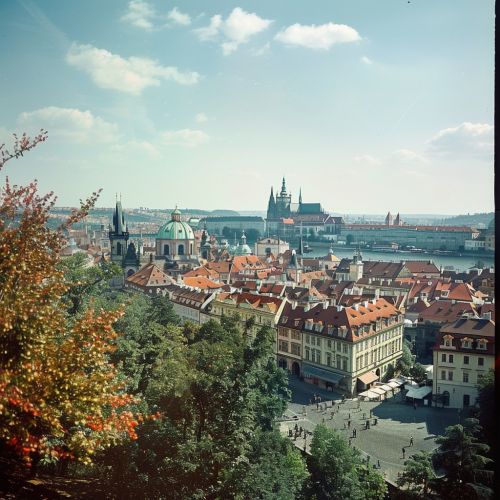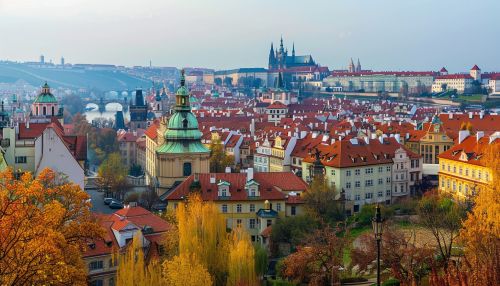History of Czechoslovakia
Prehistory and Slavic Migration
The area that is now known as Czechoslovakia has a long and complex history. Archaeological evidence suggests that the area was inhabited as far back as the Paleolithic era. The first known civilization to settle in the area were the Celts, who arrived in the 4th century BC. The Celts were later replaced by the Germanic tribes during the Migration Period.
In the 6th century AD, the Slavic people, who are the ancestors of the modern Czechs and Slovaks, migrated to the area. The Slavs established several principalities, including the Principality of Nitra and the Duchy of Bohemia. The migration of the Slavs into the area marked a significant turning point in the history of Czechoslovakia.
Great Moravia
During the 9th century, the Slavic principalities of Nitra and Moravia united to form the Great Moravian Empire. This empire was a significant political and cultural center in Central Europe. It was during this period that the Slavs were converted to Christianity by the Byzantine missionaries Saints Cyril and Methodius. The Great Moravian Empire eventually fell to the Magyars in the early 10th century.
Duchy and Kingdom of Bohemia
Following the fall of Great Moravia, the Duchy of Bohemia emerged as the dominant power in the region. The Duchy was part of the Holy Roman Empire and was elevated to the status of a kingdom in the 12th century. The Kingdom of Bohemia was a significant regional power during the Middle Ages and played a crucial role in several major European conflicts, including the Hussite Wars and the Thirty Years' War.
Habsburg Rule
In the early 16th century, the Kingdom of Bohemia came under the rule of the Habsburg dynasty. The Habsburgs would rule over the Czech lands for nearly four centuries. During this period, the Czechs experienced a series of religious and political conflicts, including the Bohemian Revolt and the subsequent defeat at the Battle of White Mountain. The Habsburg rule also saw a period of Germanization of the Czech lands.
Czech National Revival
The 19th century marked a period of national revival for the Czech people. This period saw a resurgence of Czech language, culture, and national identity. The Czech National Revival culminated in the Revolution of 1848, which, although suppressed, laid the groundwork for the future independence of Czechoslovakia.
Formation of Czechoslovakia
In the aftermath of World War I and the collapse of the Austro-Hungarian Empire, the independent nation of Czechoslovakia was formed in 1918. The new country was a democratic republic and included the historic Czech lands (Bohemia, Moravia, and Silesia) and Slovakia. The first president of Czechoslovakia was Tomáš Garrigue Masaryk.
World War II and Aftermath
Czechoslovakia's independence was short-lived. In 1938, the Munich Agreement allowed Nazi Germany to annex the Sudetenland, a region of Czechoslovakia with a large German-speaking population. The rest of the country was occupied by Germany in 1939. After World War II, Czechoslovakia was reestablished, but came under the influence of the Soviet Union.
Communist Era
In 1948, a communist coup took place in Czechoslovakia, marking the start of four decades of communist rule. The communist era in Czechoslovakia was marked by political repression, economic stagnation, and resistance, most notably the Prague Spring of 1968.
Velvet Revolution and Dissolution
In 1989, the Velvet Revolution led to the end of communist rule in Czechoslovakia. The country transitioned to a democratic form of government. However, differences between the Czechs and Slovaks led to the peaceful dissolution of Czechoslovakia in 1993, resulting in the creation of two independent countries, the Czech Republic and Slovakia.


